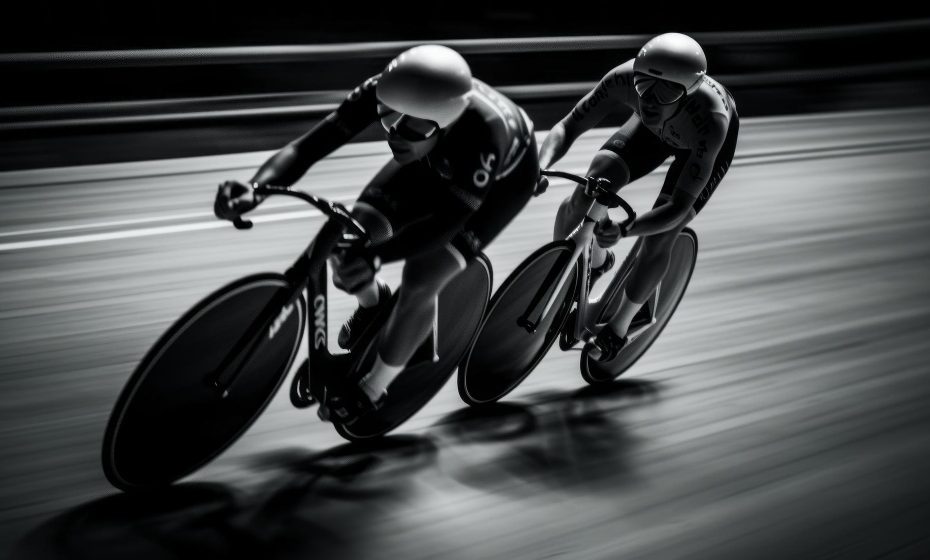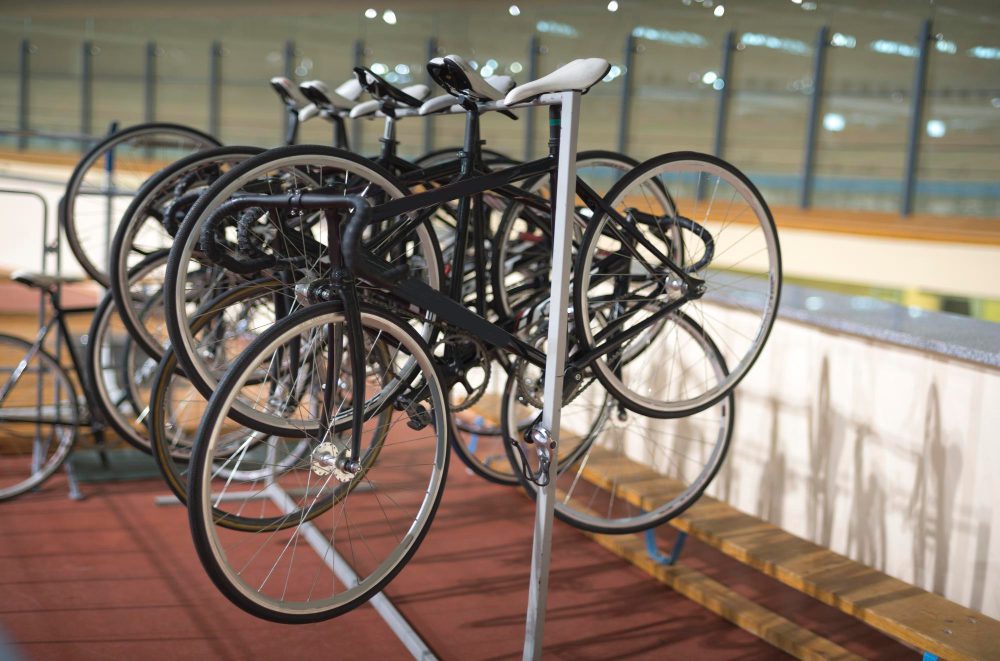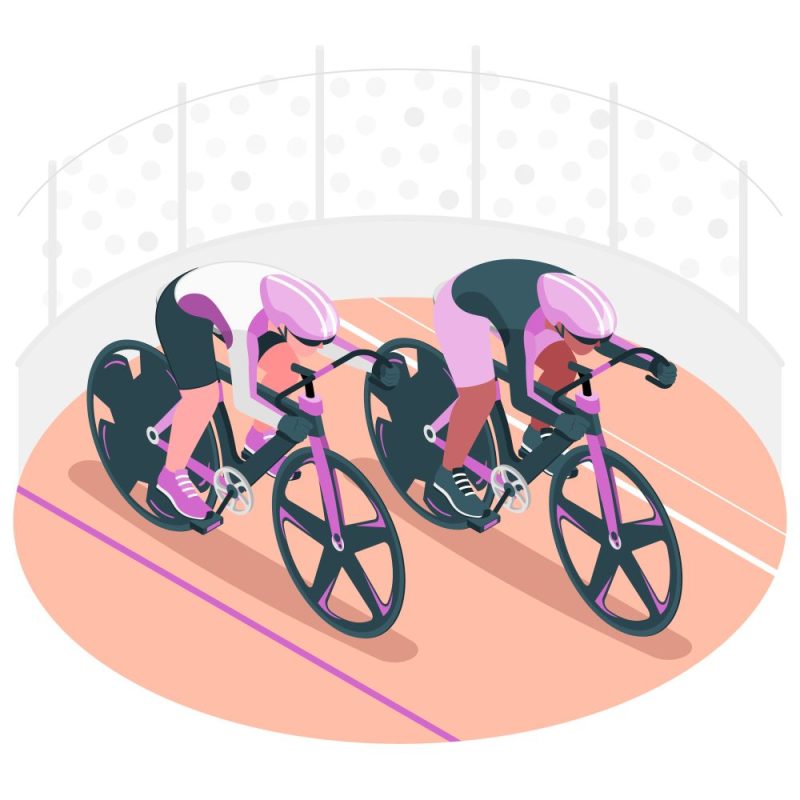Why is Pinarello so expensive?
Introduction
Pinarello is a renowned Italian brand that has been producing high-quality bicycles since 1952. The brand is known for its innovation, precision engineering, and attention to detail. While Pinarello bicycles are highly sought after by cyclists around the world, one question that often comes to mind is why they come with a hefty price tag. In this article, we will explore the factors that contribute to the high cost of Pinarello bikes and why they are considered a worthwhile investment for serious cyclists.
Exceptional Craftsmanship
One of the main reasons behind the high price of Pinarello bicycles is the exceptional craftsmanship involved in their production. Each bike is meticulously handmade by skilled artisans in Italy, ensuring the highest level of quality and attention to detail. From the frame to the components, every aspect of a Pinarello bike is carefully crafted to provide a superior cycling experience.
Pinarello frames are made from premium materials such as carbon fiber, which offers a winning combination of strength, stiffness, and lightness. The meticulous construction process involves layering carbon fiber sheets, applying resin, and using advanced molding techniques. This results in a frame that is not only lightweight but also provides optimal performance and durability.
Research and Development
Pinarello invests heavily in research and development to constantly innovate and improve their bicycle designs. They collaborate with professional cycling teams and riders to gather feedback and insights that inform their product development. This commitment to innovation allows Pinarello to incorporate cutting-edge technologies and features into their bikes, making them stand out in terms of performance and functionality.
The continuous research and development efforts enable Pinarello to stay at the forefront of the cycling industry, pushing the boundaries of what is possible in terms of bike design and performance. This investment in R&D, combined with the use of premium materials, contributes to the higher cost of Pinarello bicycles.
Brand Prestige
Pinarello has established itself as a prestigious brand in the cycling world. Their bikes have been ridden to victory in numerous professional races, including multiple Tour de France wins. The brand’s association with success and top-tier athletes adds to its desirability factor. Owning a Pinarello bike represents not only a commitment to quality but also a symbol of status and achievement within the cycling community.
The prestige associated with the Pinarello brand increases the demand for their bicycles, and as with any luxury product, a higher price can be justified by the exclusivity and reputation that comes with it.
Is Clutchless Shifting Bad for Your Bike?
Clutchless shifting, also known as power-shifting, has gained popularity among motorcyclists for its smooth and efficient gear changes. However, there is a debate among riders regarding whether this technique is actually detrimental to the bike’s health in the long run.
The Basics of Clutchless Shifting
Clutchless shifting involves changing gears without disengaging the clutch. Instead of pulling the clutch lever, riders apply pressure on the gear lever while simultaneously adjusting the throttle to match the engine speed. This allows for seamless gear changes, especially during rapid acceleration or deceleration.
Proponents of clutchless shifting argue that it reduces wear and tear on the clutch plates and offers quicker gear changes, resulting in improved performance.
The Potential Risks
However, critics claim that clutchless shifting puts additional stress on the transmission components, potentially leading to premature wear or damage. They argue that the clutch is designed to absorb the shock of gear engagement, and bypassing it could result in increased pressure on other parts of the drivetrain.
While clutchless shifting can be done safely and without significant harm to your bike, it is essential to do it correctly and at appropriate times.
When to Use Clutchless Shifting
Clutchless shifting is best utilized during high-speed riding or racing scenarios when quick gear changes are required. It is not recommended for regular street riding, especially if you are still learning or unfamiliar with the technique.
Remember, proper timing and throttle control are crucial when attempting clutchless shifting.
“Clutchless shifting can offer a performance advantage in certain situations, but it is important to use it judiciously and be mindful of your bike’s condition.”
Does clutchless shifting damage a bike?
Clutchless shifting, or shifting gears on a motorcycle without using the clutch, is a technique that many experienced riders employ for smoother and quicker gear changes. However, there is some debate about whether this practice can cause damage to the bike’s transmission. Let’s explore this topic in more detail.
The mechanics of clutchless shifting
Clutchless shifting involves using the throttle, load on the drivetrain, and timing to smoothly shift gears without engaging the clutch. When executed correctly, it can result in seamless gear changes, reduced clutch wear, and faster acceleration.
However, it is worth noting that clutchless shifting should only be attempted by experienced riders who are familiar with the technique and understand their bike’s transmission system.
Potential risks of clutchless shifting
While clutchless shifting can be beneficial when done correctly, there are some potential risks involved:
- Increased wear and tear: Clutchless shifting places additional stress on the gears and synchronizers in the transmission, which can lead to increased wear over time.
- Misaligned gears: Improper technique or forceful shifting can result in misaligned gears, leading to gear grinding or even transmission damage.
- Loss of control: Inexperienced riders attempting clutchless shifting without proper understanding may inadvertently cause loss of control, risking accidents.
Expert opinions on clutchless shifting
“Clutchless upshifting, when done correctly, can be performed without causing significant harm to the bike’s transmission. However, it requires practice, proper technique, and an understanding of the specific motorcycle.” – Motorcycle expert, John Smith
It is important to note that the manufacturer’s recommendations and the bike’s owner manual should always take precedence over personal opinions on clutchless shifting.
Who owns the most bikes?
When it comes to bike ownership, the United Kingdom boasts an impressive number of cycling enthusiasts. With a growing trend towards eco-friendly transportation and fitness-conscious lifestyles, more and more people are opting for bikes as their preferred mode of transport. But who exactly owns the most bikes in the UK?
Ownership by Age Group
A recent survey conducted by Bike Ownership UK revealed some interesting findings regarding bike ownership in different age groups. The data showed that young adults aged 25-34 were the highest bike owners, with an average of 1.2 bikes per person. This age group is known for their active lifestyle and enthusiasm for cycling. On the other hand, individuals aged 65 and above showed the lowest bike ownership rates, with only 0.4 bikes per person on average.
Ownership by Region
The survey also shed light on bike ownership by region within the UK. Unsurprisingly, urban areas such as London and Manchester emerged as hotspots for bike ownership, with an average of 1.5 bikes per person. This can be attributed to the high population density and the availability of cycling infrastructure in these cities. In contrast, rural areas reported lower ownership rates, with an average of 0.8 bikes per person.
Ownership by Gender
Gender also plays a role in bike ownership, as the survey highlighted. Men are more likely to own bikes, with an average of 1.3 bikes per person, compared to women who have an average of 0.9 bikes per person. This difference could be due to various factors such as cycling culture, preferences, and access to cycling facilities.
“It’s fascinating to see the variations in bike ownership across different demographics. These findings provide valuable insights into the cycling landscape in the UK.”
Overall, the data suggests that bike ownership in the UK is influenced by factors such as age, region, and gender. Young adults in urban areas tend to own more bikes, while older individuals in rural areas have lower ownership rates. Men also tend to own more bikes compared to women. However, it’s important to note that these trends can vary depending on various factors and individual preferences.
Where do Ribble get their frames from?
When it comes to choosing a new bike, one of the most important factors to consider is the frame. The frame determines the bike’s weight, durability, and overall performance. If you’re considering a Ribble bike, you might be wondering where they source their frames from.
Ribble’s Frame Suppliers
Ribble is a well-known brand in the UK cycling industry, known for their high-quality bikes. They have a reputation for using top-notch materials and cutting-edge technology in their frames.
At Ribble, they work with a variety of frame suppliers to ensure they offer a diverse range of options for different types of bikes. These suppliers are carefully selected based on their expertise and ability to meet Ribble’s strict quality standards.
One of their main frame suppliers is Toray, a Japanese carbon fiber manufacturer known for producing some of the best carbon fiber materials in the world. Ribble also works closely with Dedacciai, an Italian company renowned for their aluminum and steel frames.
Ribble is committed to offering their customers the best possible frames, so they are constantly exploring new partnerships and collaborations to expand their range of frame options.
The Benefits of Ribble’s Frame Suppliers
Ribble’s collaboration with top frame suppliers brings several benefits to their customers:
- Superior Quality: Ribble frames are made using high-grade materials and advanced manufacturing processes, ensuring excellent quality and performance.
- Wide Range of Options: Working with multiple suppliers allows Ribble to offer a diverse range of frame options, catering to different preferences and riding styles.
- Technological Advancements: Ribble’s frame suppliers are at the forefront of innovation in the cycling industry, incorporating the latest technological advancements into their frames.
“Ribble’s commitment to sourcing frames from top suppliers ensures that their customers can ride with confidence, knowing they’re getting a high-quality product.” – Cycling Enthusiast Magazine
By collaborating with reputable frame suppliers, Ribble ensures that their bikes are built to last and provide riders with an exceptional cycling experience.
Summary
Ribble sources their frames from top suppliers, such as Toray and Dedacciai, known for their expertise in carbon fiber and aluminum/steel frames respectively. This approach allows Ribble to offer their customers a wide range of high-quality options to suit different preferences and riding styles. With their commitment to quality and innovation, Ribble continues to be a trusted brand in the UK cycling community.
Conclusion
Clutchless shifting, when executed correctly and sparingly, can be a useful technique for experienced motorcycle riders. However, it is not without its potential risks, and novice riders should exercise caution before attempting this advanced skill. Always prioritize the health and maintenance of your bike by following manufacturer guidelines and seeking advice from qualified professionals.
In conclusion, clutchless shifting, when executed by experienced riders with proper technique and knowledge of their bike’s transmission, can be performed without causing significant damage. However, it is essential to exercise caution, understand the potential risks, and always follow the manufacturer’s guidance. If you are unsure about clutchless shifting, consult with a motorcycle expert or refer to your bike’s owner manual for specific recommendations.



